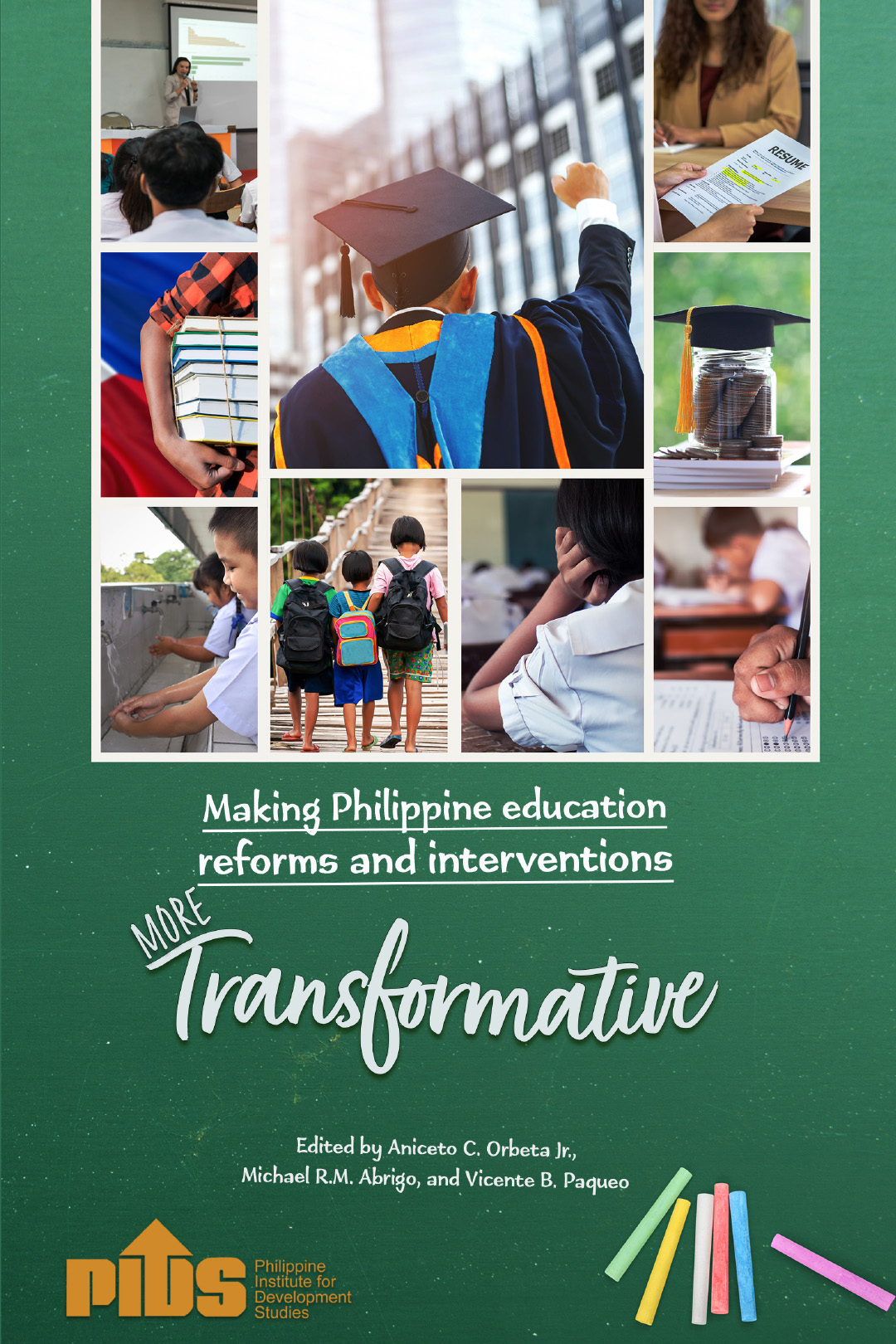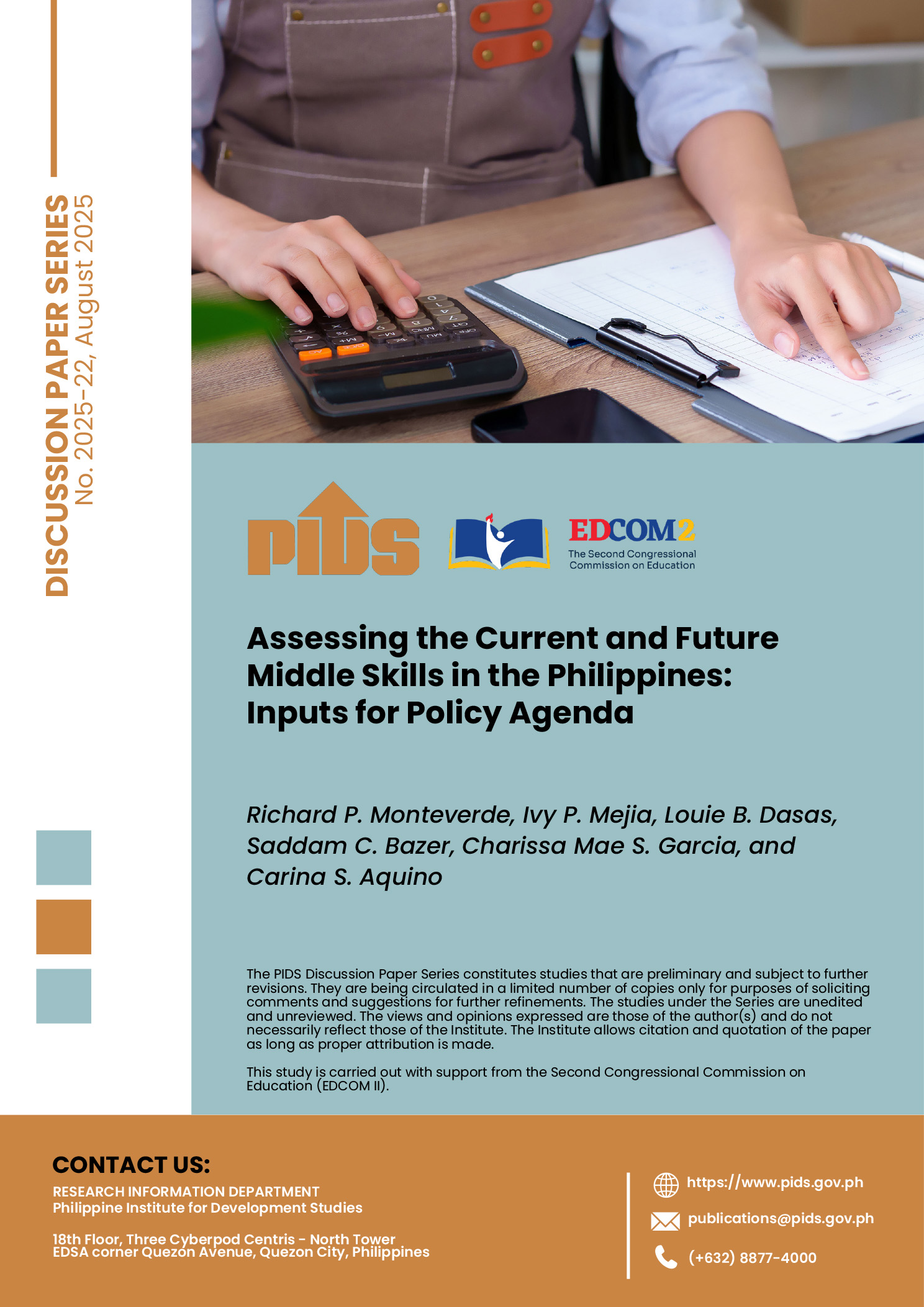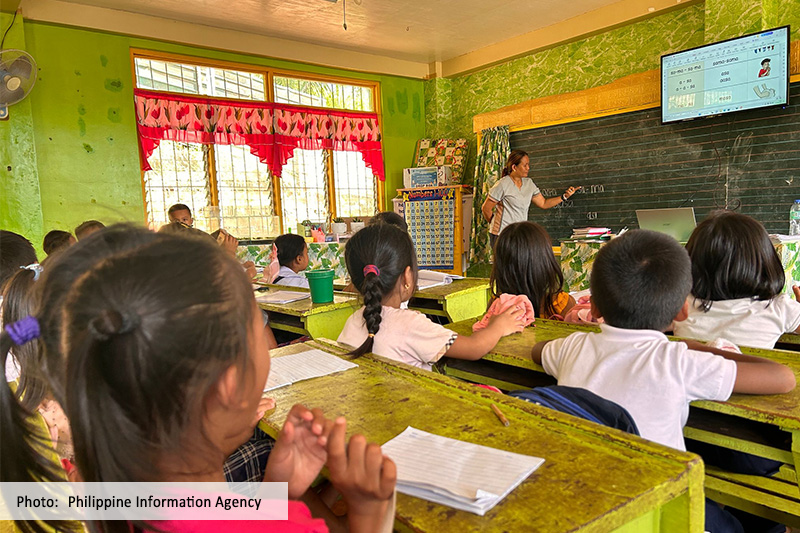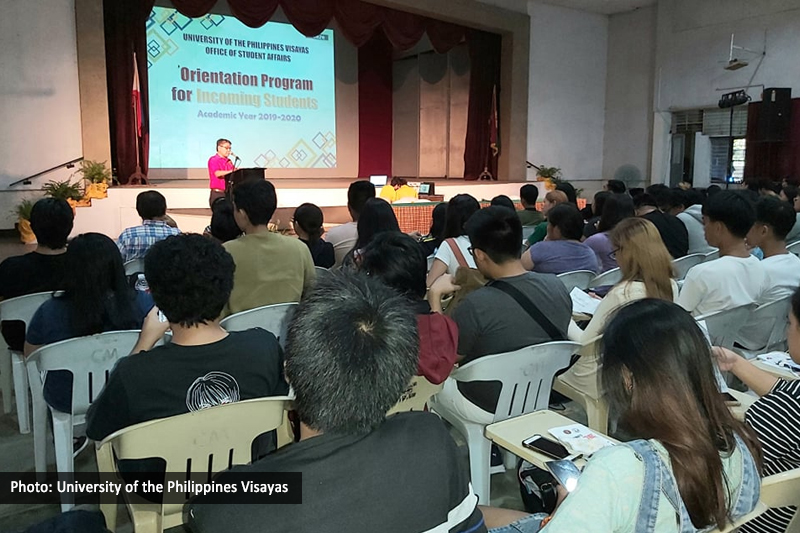The widening skills mismatch in the Philippines has become a significant barrier to economic growth, according to experts at a recent Philippine Institute for Development Studies (PIDS) webinar.
They argued that the gap, driven by outdated education systems and rapid technological change, limits labor productivity and hampers individual and industrial progress.
Dr. Lawrence Dacuycuy, a PIDS consultant, stressed the urgent need for a national skills development framework that aligns with market demands.
“The evolving world of work, driven by technological advancements, requires a focus on developing relevant skills,” Dacuycuy explained, pointing out that current educational programs leave many workers underqualified for in-demand jobs in fields like IT and manufacturing, where analytical and technical skills are critical.
Data presented during the webinar revealed that six in every ten Filipino workers are employed in elementary or agricultural occupations, jobs often reliant on basic skills.
This employment structure, according to PIDS, leaves a large portion of the workforce unprepared for technical roles.
Studies indicated that while 39% of employed Filipinos are overqualified for their jobs, 29% lack the necessary qualifications.
Those affected by the mismatch report frustration as they seek jobs that offer growth potential but find themselves lacking the technical and digital competencies increasingly in demand.
Marianne Santoceldes, a former retail worker who lost her job during the pandemic, shared her struggle to break into a new industry.
“I want to work in IT or manufacturing, where I hear there’s demand, but my skills don’t match. Training programs are either costly or don’t cover enough to help me switch careers,” Santoceldes explained.
Many workers, like Santoceldes, desire access to upskilling opportunities but find barriers in terms of time, resources, and suitable training.
Jeanette Damo, executive director at the Institute for Labor Studies, emphasized the role of education and private sector partnerships in bridging the gap.
Damo proposed expanding labor market information systems and collaborating with digital platforms to improve job matching. “The skills gap is a roadblock to both industry growth and economic opportunities,” she said, calling for coordinated government, educational, and industry efforts.
The PIDS report also highlighted a need for technical and vocational education and training (TVET) reforms, noting that current TVET programs are largely ineffective in curbing underemployment among young people.
University of the Philippines Professor Emily Christi Cabegin echoed this, advocating for lifelong learning initiatives as the labor market rapidly evolves with technological advancements.
Cabegin noted that technical skills and continuous training are key to workforce resilience in the digital era.
“Seeing job postings that require skills I don’t have is disheartening,” shared Josuah Reyes, a 30-year-old mechanic hoping to transition into a tech-oriented role. “I want to learn, but there’s a disconnect between what’s available in training and what employers actually look for. It’s like I’m caught in a cycle I can’t get out of.”
Stories like Reyes’ illustrate the gaps in accessible, relevant training programs, especially for workers eager to adapt but constrained by current program limitations.
As the Fourth Industrial Revolution reshapes global labor markets, the Philippines risks falling behind without substantial reform in skills development.
Dacuycuy warned that failure to address these challenges could lead to further inequality, as workers without critical skills are more likely to face underemployment or unemployment.
The PIDS study also found that addressing the skills gap could improve wage equity.
Findings indicated that skills in social, analytical, and management areas narrow the gender pay gap, underscoring the economic potential of upskilling initiatives focused on high-demand competencies.












